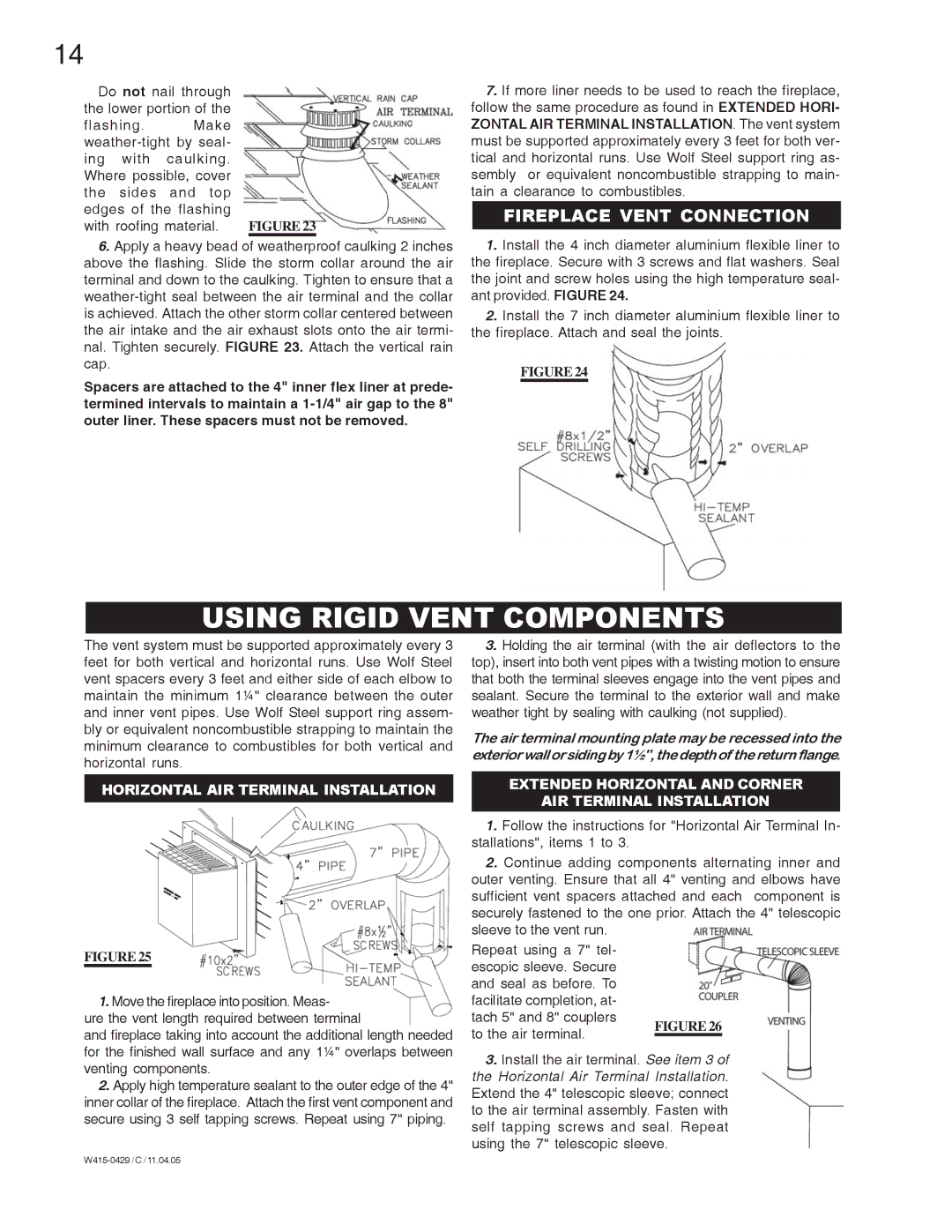GE38PT-M, GE38NT-M specifications
The Napoleon Fireplaces GE38PT-M and GE38NT-M are stunning additions to the world of modern heating solutions, designed to combine aesthetics and functionality seamlessly. These fireplaces are ideal for homeowners looking for an efficient, stylish way to enhance their living spaces while providing the warmth and comfort that only a genuine fireplace can offer.One of the standout features of the GE38PT-M and GE38NT-M is their innovative design, which emphasizes versatility and ease of installation. Both models come in a stunning panorama format, allowing for a wide viewing area that showcases the mesmerizing flames, creating a captivating focal point in any room. The clean and contemporary lines of these fireplaces make them a perfect fit for both traditional and modern interiors.
A key technology incorporated into these models is the advanced catalytic combustion system. This system not only enhances the efficiency of the fireplace but also significantly reduces emissions, making it an eco-friendly choice. The GE38PT-M is designed for propane, while the GE38NT-M operates on natural gas. Both options provide maximum efficiency with a minimum environmental footprint.
The fireplaces are equipped with intuitive control options, allowing users to easily adjust the flame height and heat output to achieve the desired ambiance and comfort level. With a built-in electronic ignition system and a convenient remote control, operating the GE38PT-M and GE38NT-M is a breeze, allowing you to set the perfect atmosphere at the touch of a button.
Additionally, these models include an array of customizable features. Homeowners can choose from a variety of decorative media, including glass beads and logs, allowing for personalization that enhances the visual appeal of the flames. The ambient lighting options also allow users to create different atmospheres, making these fireplaces a versatile choice for any occasion.
Safety is paramount in the design of the GE38PT-M and GE38NT-M. These models are equipped with a protective screen and a safety shut-off feature, ensuring peace of mind for families and pets. With their striking aesthetics, innovative technology, and safety features, the Napoleon Fireplaces GE38PT-M and GE38NT-M stand out as an exceptional choice for anyone looking to elevate their home's heating experience.

